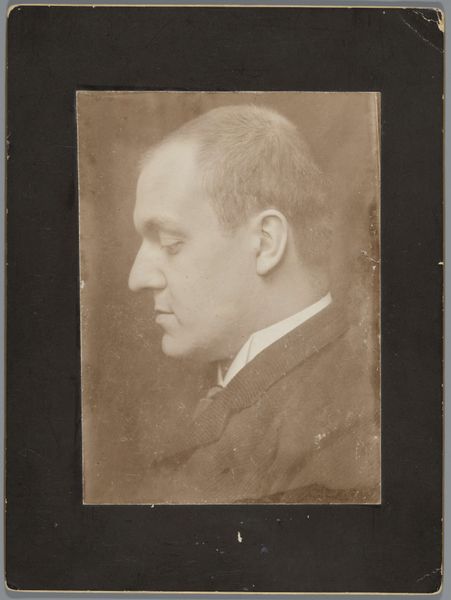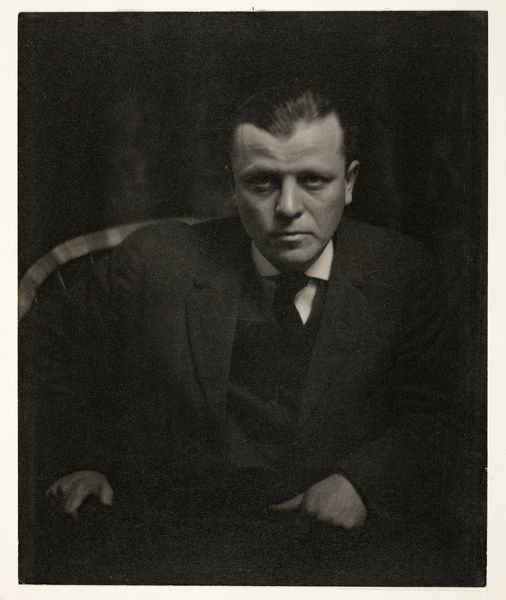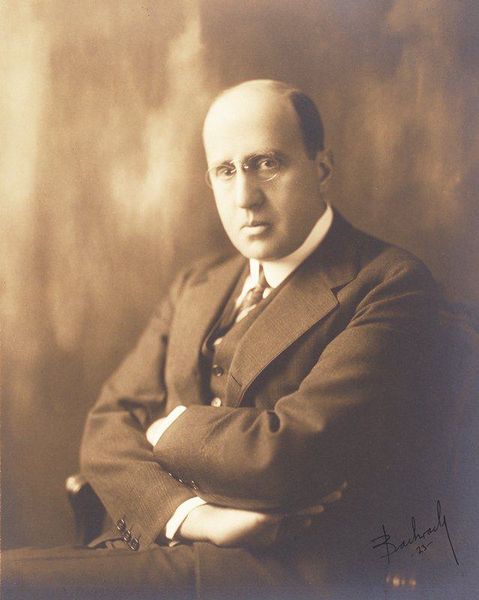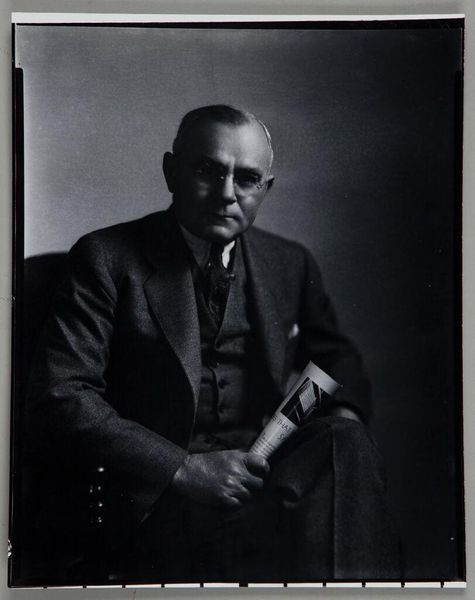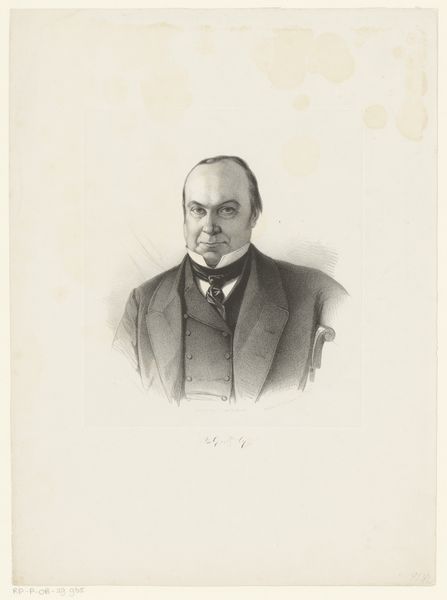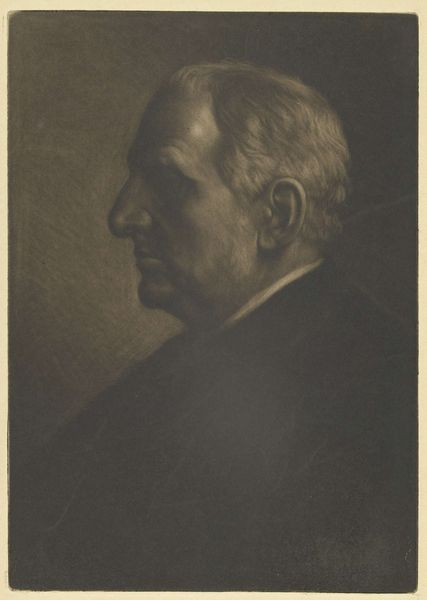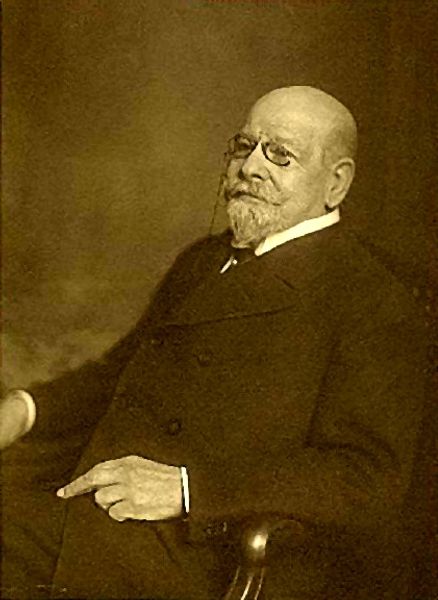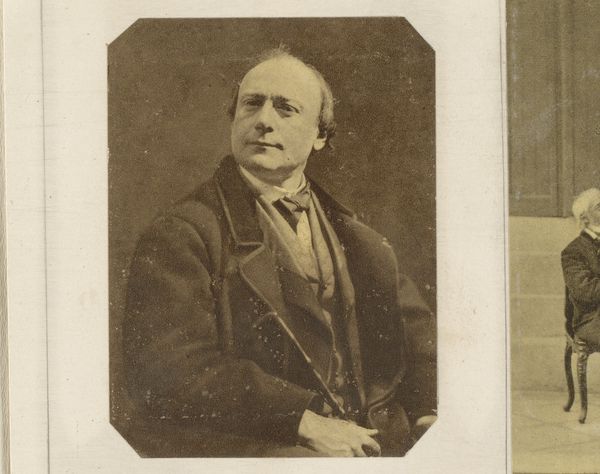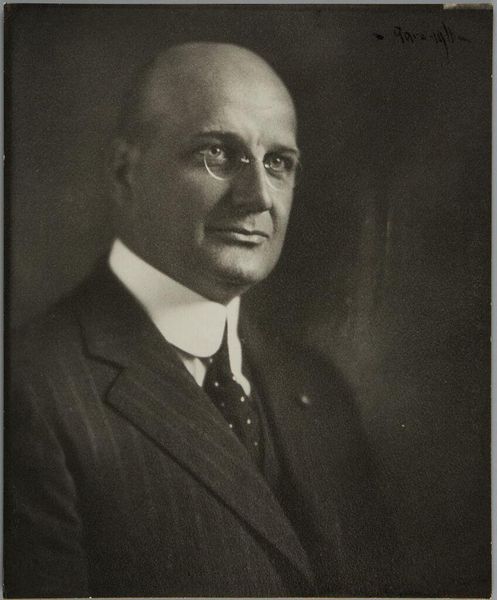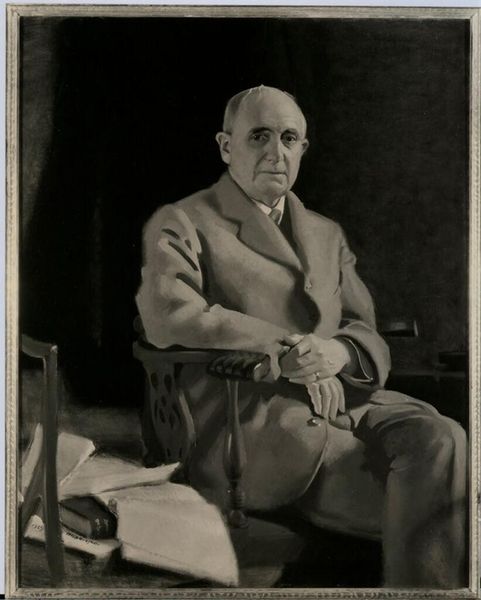
photography
#
portrait
#
pictorialism
#
photography
Copyright: Public domain
Curator: A certain weight settles over you looking at this portrait, doesn't it? Like you're catching someone in a private moment of reflection. Editor: Absolutely, a contemplative study of age. We're looking at Alice Boughton's photograph, taken in 1916, simply titled "Henry James." It's a fascinating example of Pictorialism. Curator: It's the gaze that gets me. He’s looking up and just past the camera…wondering. Or maybe questioning, perhaps even doubting...It really embodies the Jamesian exploration of the human psyche. I get a sense that Alice understood her subject. Editor: The tonal range in this platinum print contributes so much. Notice the diffusion of light across the subject’s face – it isn't a sharp, unflinching realism but a softened interpretation of the sitter. We don't see harsh lines. She guides our perception through gradations of tone. Curator: Exactly! And I love how that focus almost romanticizes him. He’s caught between realities: an approachable, almost familial figure contrasted with someone completely untouchable and iconic. She lets him be both vulnerable and grand. You wonder what kind of conversation they must have had. Editor: Well, the pictorialists were really interested in exploring photography as fine art. Techniques like soft focus and careful printing, allowed for more of an emotional tenor—or perhaps what Roland Barthes called, “the photographic studium”-- a field of general human interest or meaning in the photograph. Curator: It makes me want to curl up and read one of his novels… preferably on a rainy day. It's one of those photographs that just feels... true. Editor: Indeed, Boughton seems to have distilled James’ essence through careful composition and mastery of photographic printing. A captivating study.
Comments
No comments
Be the first to comment and join the conversation on the ultimate creative platform.
